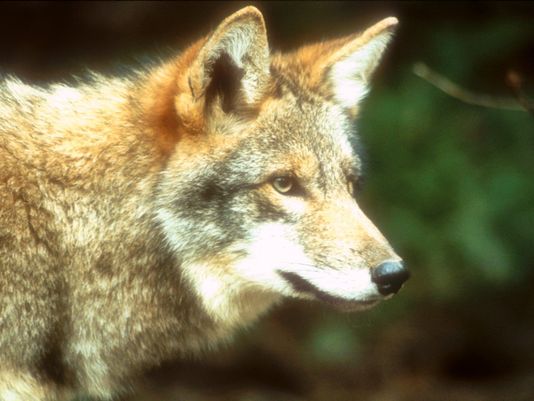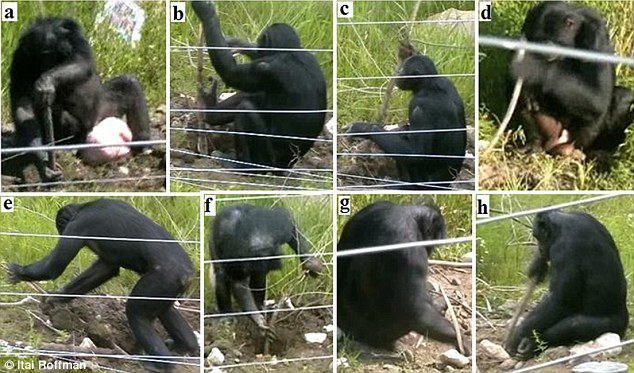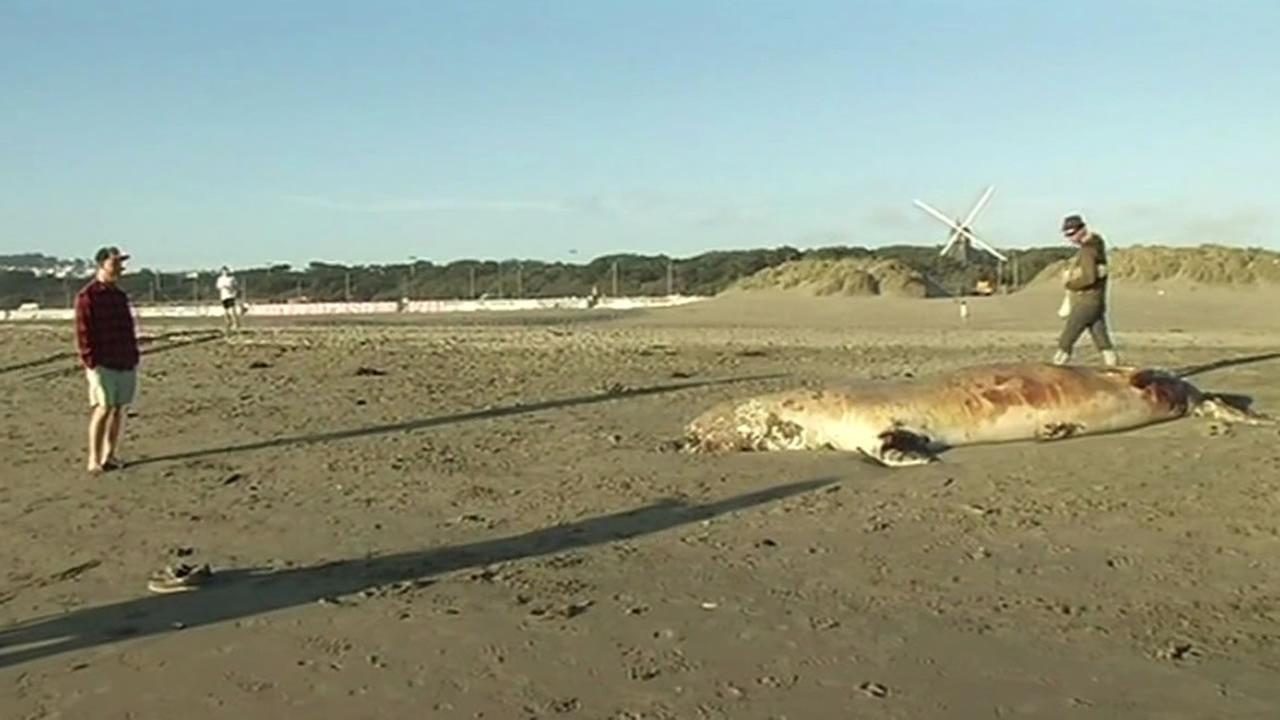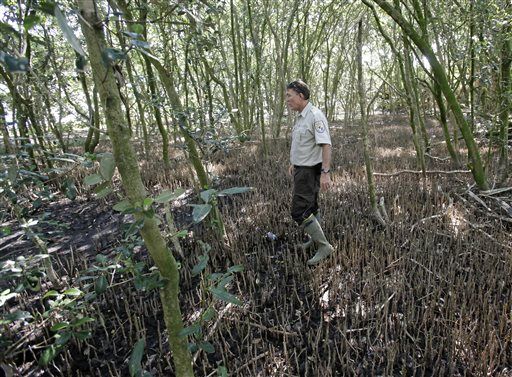
A teen fisherman reported a run-in with a coyote in Spotswood.
A 17-year-old fisherman reported a run-in with a coyote Sunday evening in the borough.
Anthony Bonsante, of South River, was fishing for catfish in a stream of DeVoe Lake, between Domino's Pizza and Immaculate Conception, an area that came highly recommended by his dad, who fished there in his youth.
"As it started to get dark, I lit my lantern," Bonsante said Monday afternoon. "As soon as it really got dark all around me, I heard something walking around. I thought it was something small like a rabbit or something."
But the noise kept coming closer. Bonsante said he picked up his lantern and started to look around.
"I saw two big yellow eyes in the small patch of woods nearby," he said. "I held my lantern up and it started walking towards me
. It bowed its head and started to growl at me. It started to circle up on me. I was panicked for a second. I thought, "What do I have to defend myself?' "
He saw a big stick a few feet away and, without turning his back on the animal, he grabbed the stick.


